Sunscreen botanicals
Sunscreen botanicals are being increasingly used in sunscreen formulas as more people become aware of not just how much they can add to the protection offered by traditional sunscreen ingredients, but of their ability to heal too.
If you are discerning about the health of your sunscreen, look for ones that don't just protect you, but heal you too.
According to market research companies, an ever increasing number of consumers are now that much more aware of toxic cosmetics and asking for more natural, non-chemical, non-toxic alternatives.
Applying toxic chemicals that are present in many sunscreens today, is considered dangerous. It is and far more so when applying them to our young children's more delicate, tender skins.
Sunscreen botanicals - green washing?
Sunscreen botanicals may be something that could be seen as a 'label job' to attract you to the possibility that your sunscreen is full of amazing goodness from nature. However, there is a growing trend in the cosmetic industry for 'beauty from within'.
So the truth is that there is actually an increasing number of sunscreens offering additional qualities to the basic sun protection properties provided in a sunscreen. Acknowledging the demand for healing and not just protecting, this trend is increasing rapidly.
There really are many plants with exciting sun protection properties that have been used for millennia. With the consumer move to seeking more natural, there is an increasing number being 'discovered'.
Many times this will involve looking into ancient medical or herbal practices within various cultures across the globe. Understanding the value of these plants usually requires some research and then clinical trials, but the information discovered is really quite fascinating.
Examples of sunscreen botanicals
Some of the sunscreen botanicals include:
- Aloe Ferox:
This has been called "a pharmacy in a plant". It has been part of the traditional healing practices of the KhoiSan peoples of Southern Africa for centuries. Amongst many health promotional qualities it reduces photo-ageing by restoring the activity of epidermal cells reduced by UV exposure. Although similar, Aloe Ferox has double the amino acid content of Aloe Vera, plus many more minerals. - Cape chestnut seed oil:
A very stable oil high in essential fatty acids and antioxidants, it also provides inherent protection against ultra violet radiation. As a pure oil it is used to moisturise and nourish dry, damaged skin. As a healing ointment it is used by those who suffer from Psoriasis, Skin cracking, Eczema, Scaling or Sagging, or Chapped lips. - SOD (SuperOxide Dismutase):
Perhaps the most potent anti-oxidant known to man. Itis an enzyme upon which a major part of the skin's defence system depends. It repairs cells and reduces the damage done by superoxide, the most common free radical in the body. It is sourced from melon rinds. - Astaxanthin:
Astaxanthin (Asx) would be expected to prevent ultraviolet (UV)-induced skin damage, as it is regarded as a potent antioxidative carotenoid in biological membranes
- Resveratrol:
Derived largely from red grape skin, it is a powerful anti-ageing and anti-oxidant, it stimulates collagen and elastin, plus has anti-inflammatory and anti-bacterial properties. - Selenium:
Plays a crucial role in repelling and reversing sun damage as the antioxidants neutralise harmful substances in the body called free radicals, which have the potential to damage cells and interrupt many body processes. Best food source for me are Brasil nuts - Lycopene:
May be the best free radical scavenger among all carotens - it is at least twice as effective an antioxidant as beta carotene. The ability of lycopene to block UV light is an additional benefit for the skin, even if only achieving an SPF of about 3. Best food source is tomato, where cooked is better than raw. - Milkweed oil:
Has shown it's potential for use in sunscreens because it can protect skin from both UVA and UVB in the spectrum of 260 - 360 nm - Soybean oil and Ferulic acid:
The combination of these 2 ingredients apparently has excellent UVA / UVB protective qualities but I haven't seen the actual levels published
Sunscreen botanicals as nutraceuticals
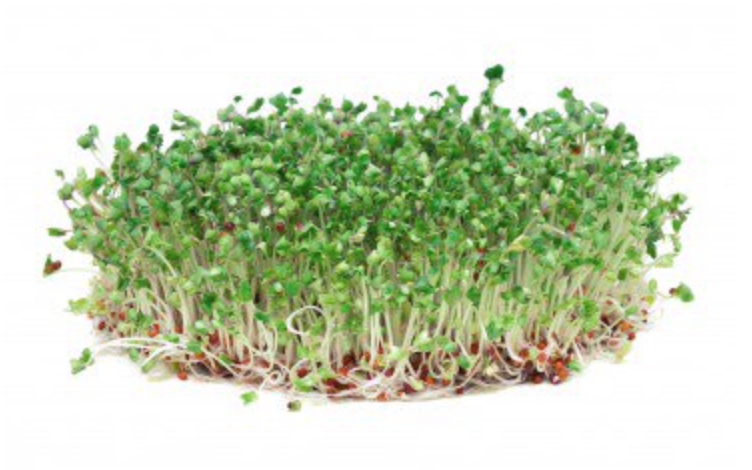 Broccoli sprout seed extract for healing
Broccoli sprout seed extract for healingSome of the sunscreen botanicals you find could be also be seen as nutraceuticals.
Some people advocate eating these foods to increase your natural ability from the inside-out, to protect your skin from the sun. 2 examples are:
- Tomatoes
Researchers at the University of Newcastle in the U.K. found that eating tomato paste can help prevent sunburn.
They point to the antioxidant lycopene, which is present in tomatoes, as an anti-burn agent when ingested.
However, it has only been clinically shown to provide the equivalent of a 1.3 SPF sun protectant - Broccoli sprout extract
This has been studied extensively for its anti-cancerous effects as a food item. A recent study has shown that applying broccoli extract topically as opposed to ingesting, being rich in an antioxidant ingredient called sulforaphane, gave subjects protection against inflammation and redness caused by UV light.
The research showed that instead of absorbing the radiation, the sulforaphane penetrated the body and helped cells protect themselves against the damages of UV light, lasting 3 days after the application.
Paul Talalay, professor of pharmacology at John Hopkins University, said that
"this chemical extract is not simply a sunscreen. Unlike sunscreens, it does not absorb UV light and prevent its entry into the skin. Rather, the extract works inside cells by boosting the production of a network of protective enzymes that defend cells against many aspects of UV damage. Consequently, the effects are long-lasting and the protection lasts for several days, even after the extract is no longer present on or in the skin."
Teas as sunscreen botanicals
- Red tea (Rooibos):
Laboratory studies have found that Rooibos contains polyphenol antioxidants, flavonoids and phenolic acids that are potent free radical scavengers. The extract is also rich in beneficial trace elements and minerals.
An unfermented green rooibos was developed to maximise the antioxidant levels and is often preferred. - Green Tea:
Polyphenols, a substance rich in antioxidants that forms part of the green tea leaves, has been mainstream news for a while now. Research continues to be done today for using green tea for many conditions, including sun protection.
Green tea high in polyphenols has shown to provide internal and external protection from UV radiation and in turn, photo-ageing. - Black tea:
This sunscreen botanical has been studied for its absorption of ultraviolet rays. The study published in the International Journal of Cosmetic Science tested exposed skin of six subjects with an artificial source of UV light.
Those participants with black tea gel on their skin were unaffected by the radiation, while the subjects with nothing on their skin started seeing reddening after four hours of exposure.
Base oils as a sunscreen botanical
Even some of the base oils being used could be considered a sunscreen botanical as they provide natural protection against the sun as follows:
References for sunscreen botanicals
Astaxanthin and UV protection
Resveratrol for skin brightening
The newspaper of the John Hopkins University - Broccoli Sprout Extract Protects Against UV Rays
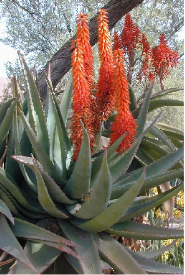
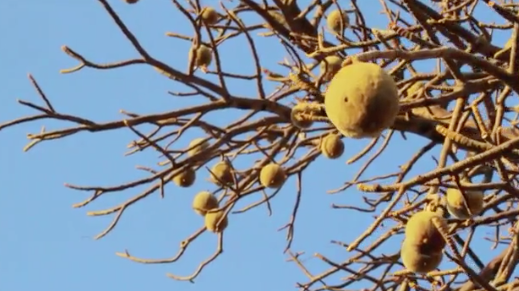
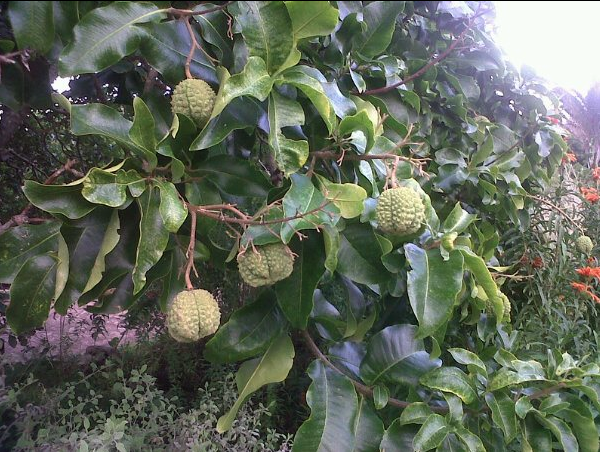
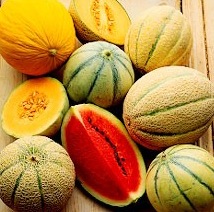
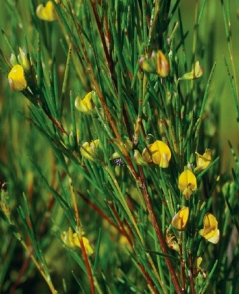
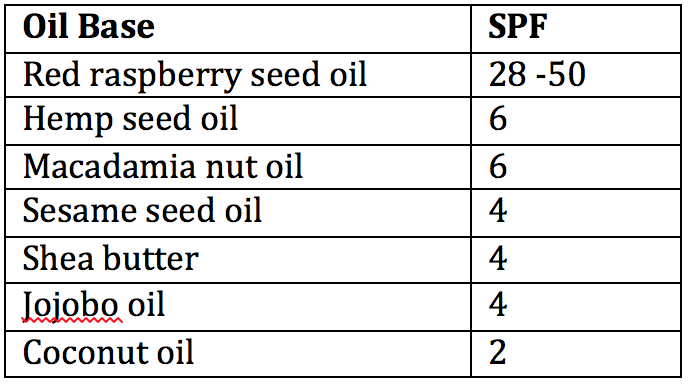




New! Comments
Have your say... please leave me a comment in the box below.